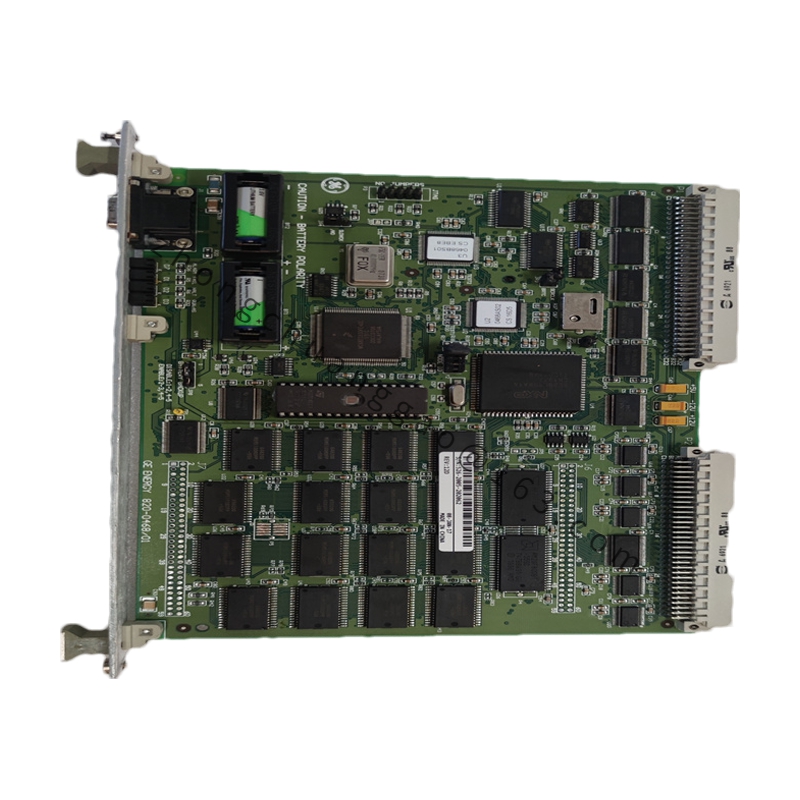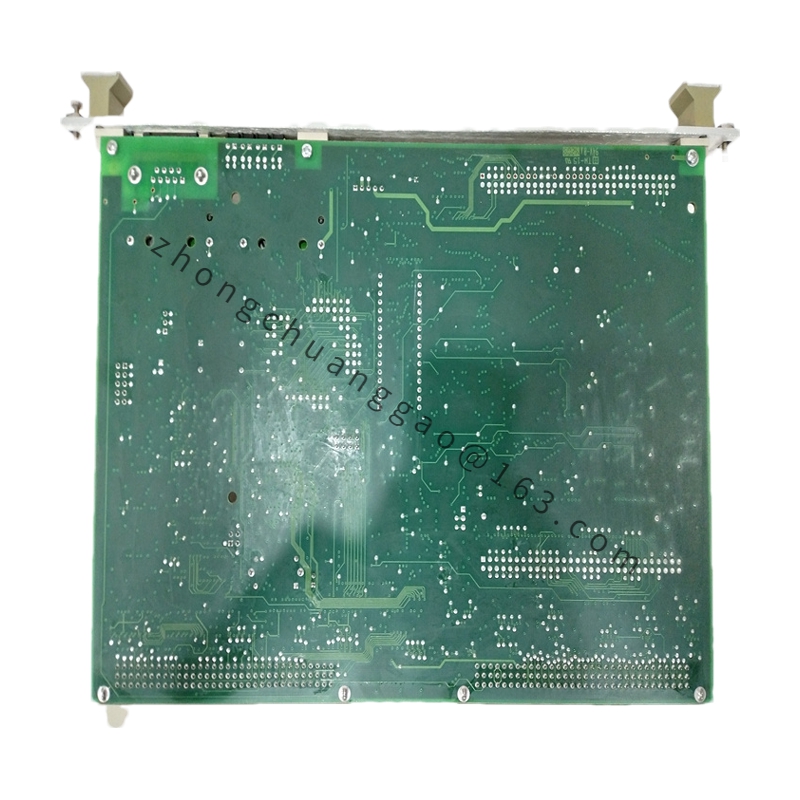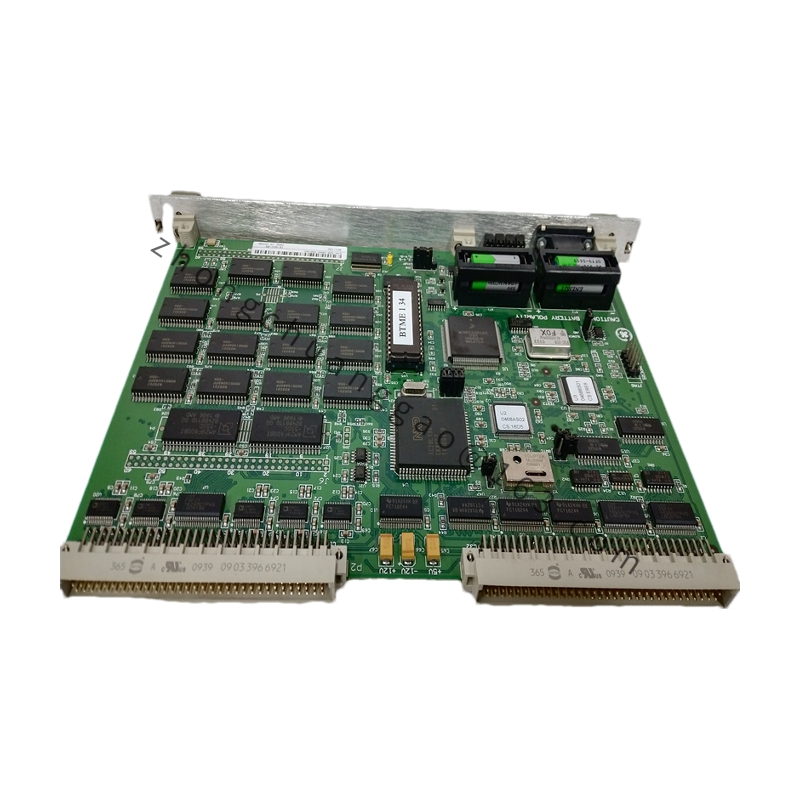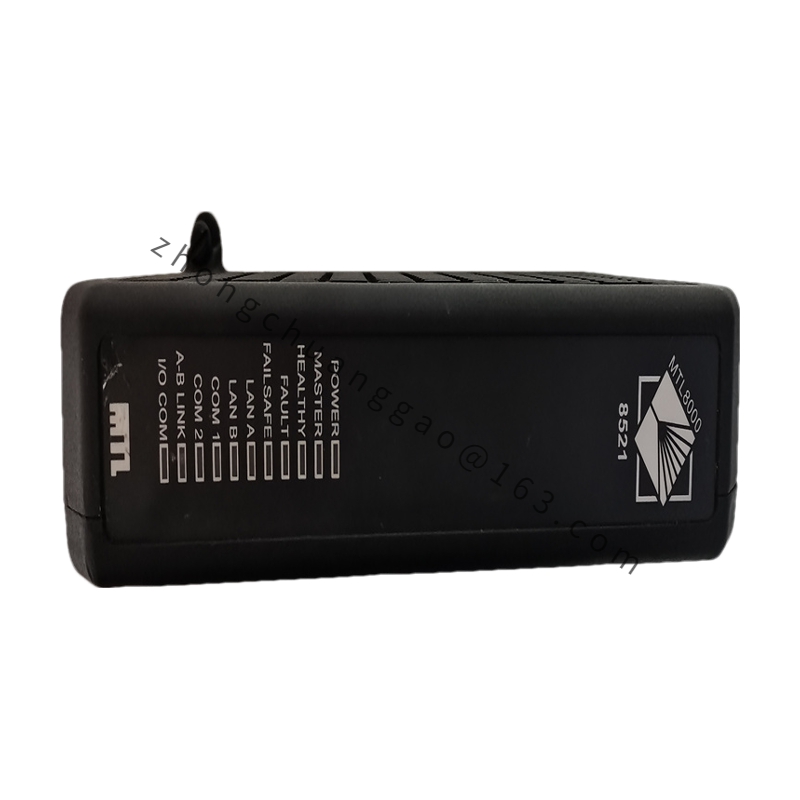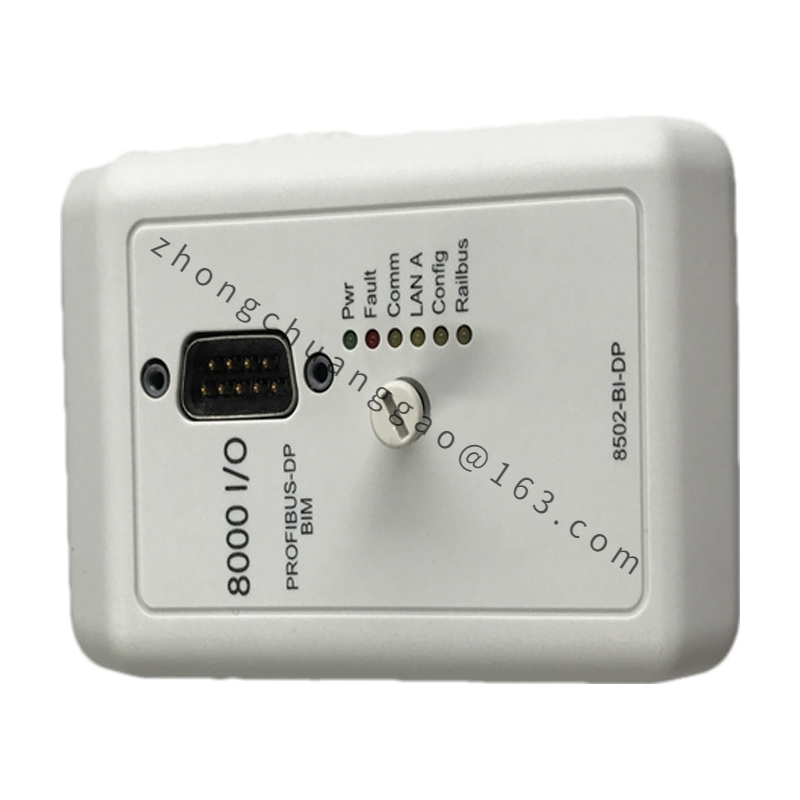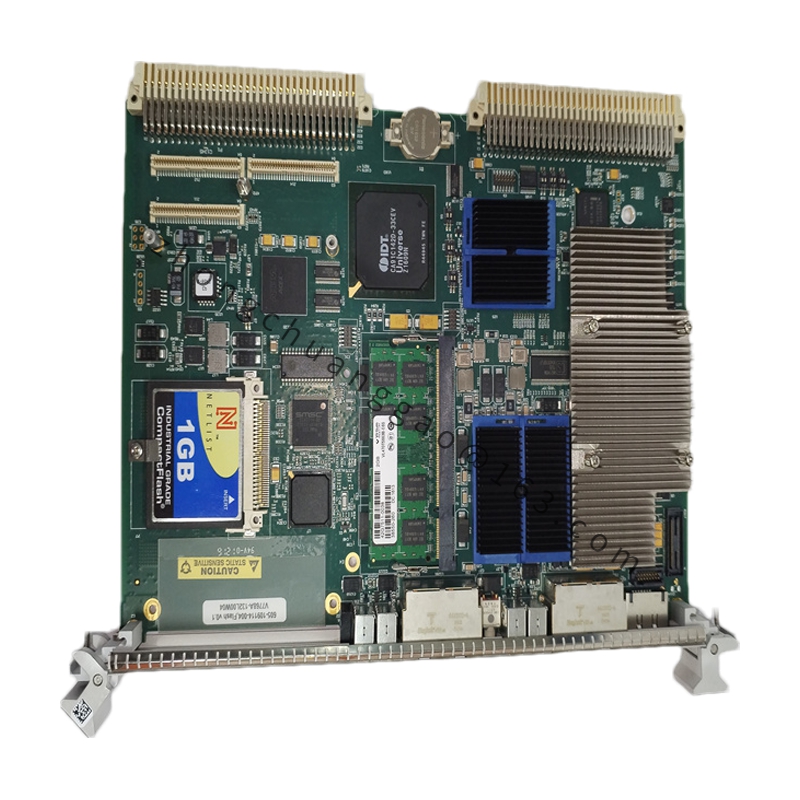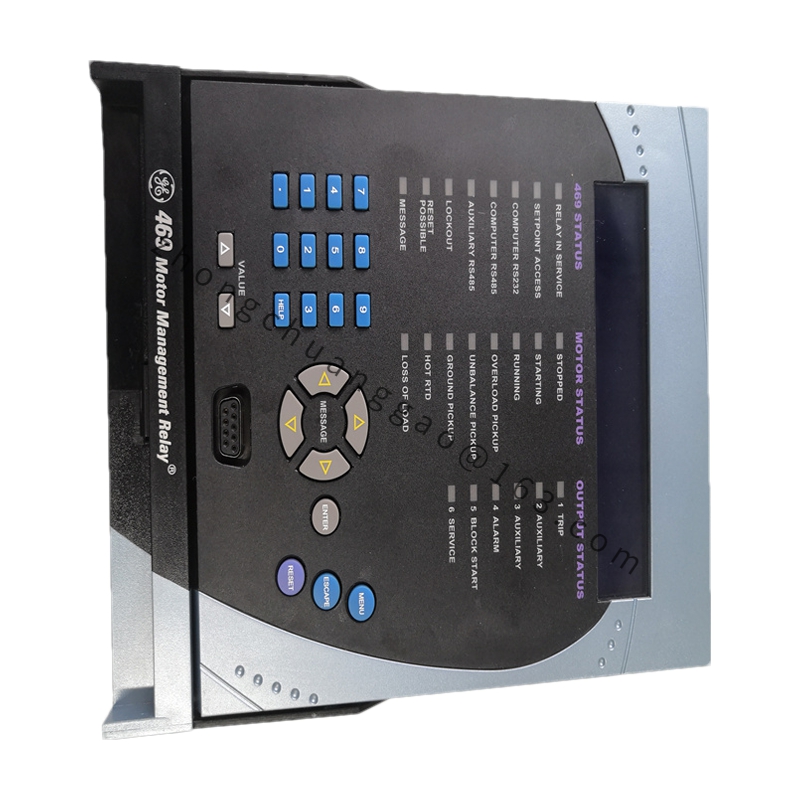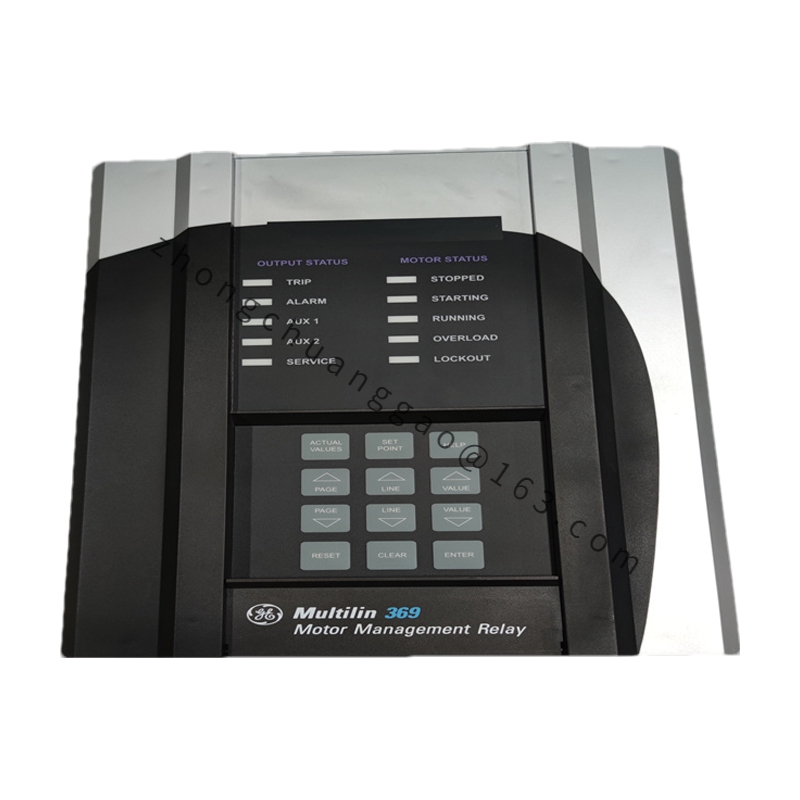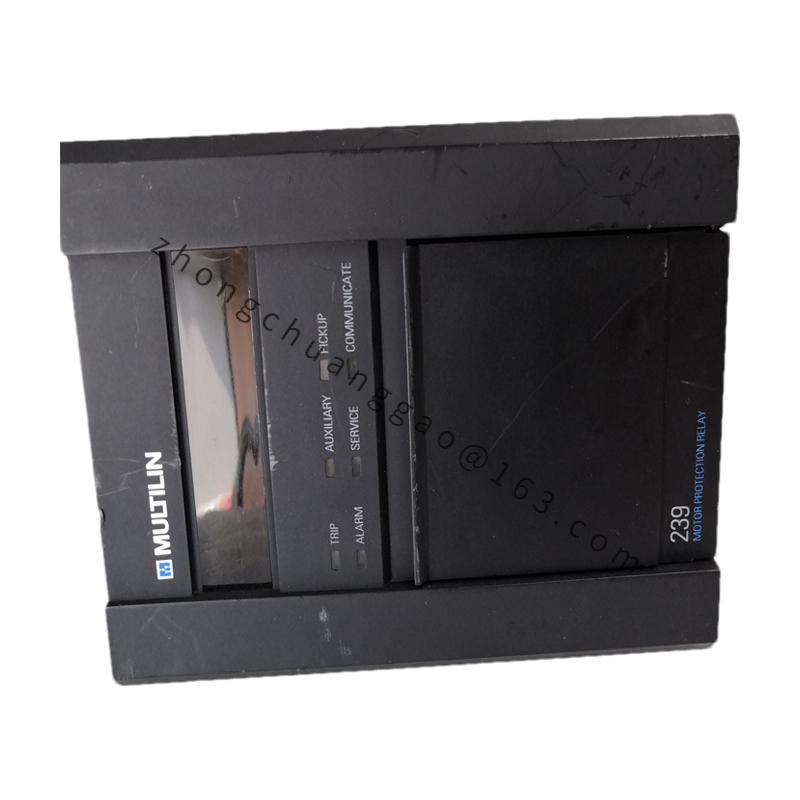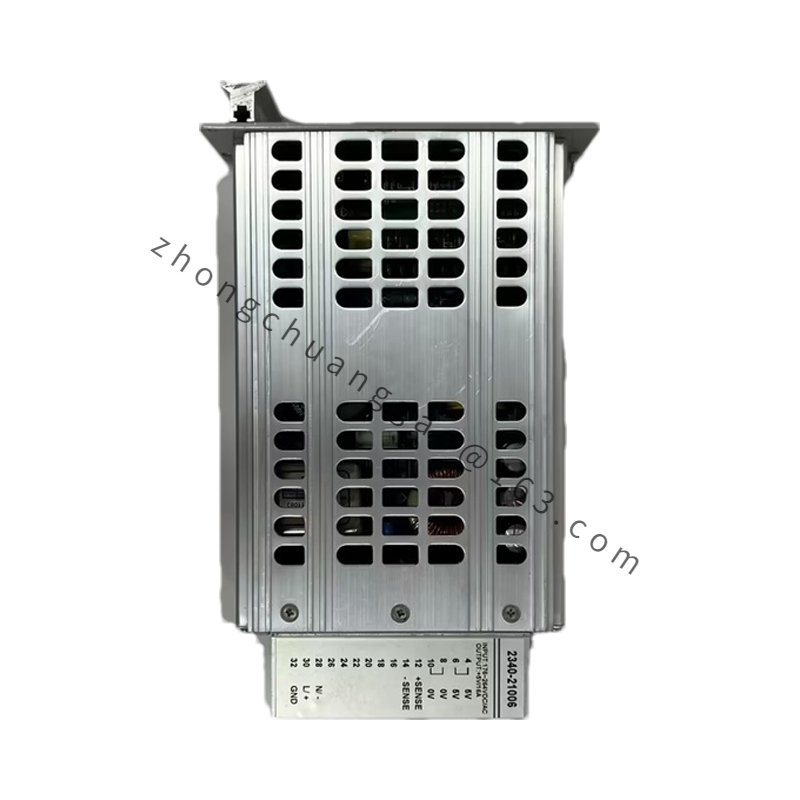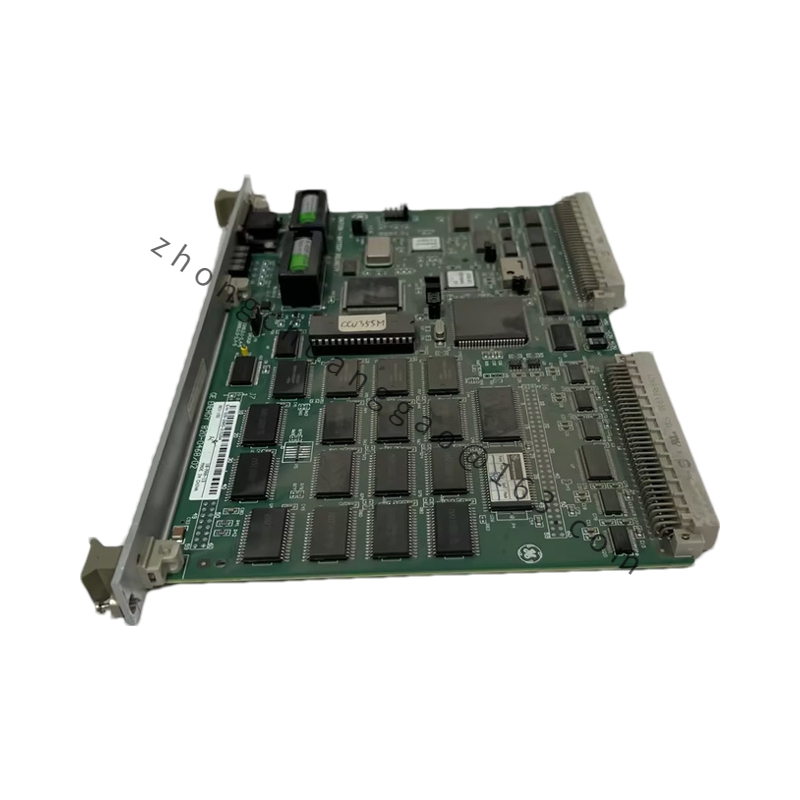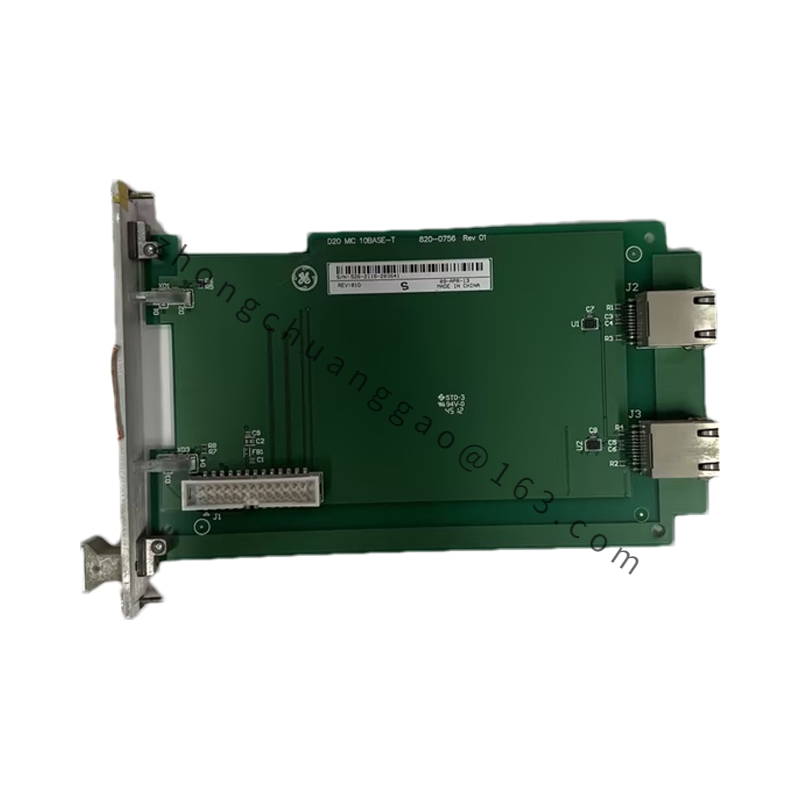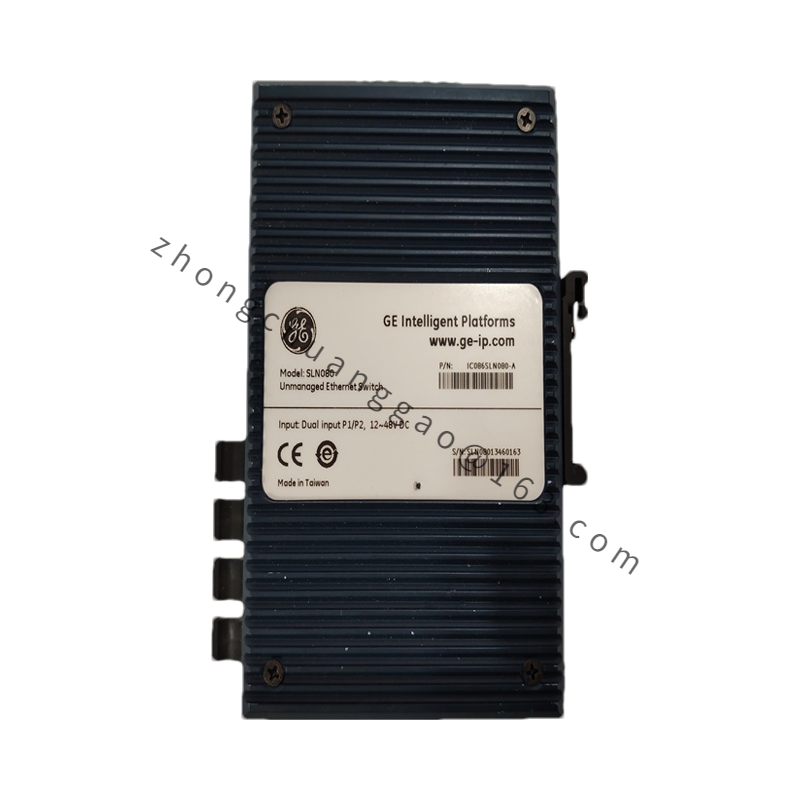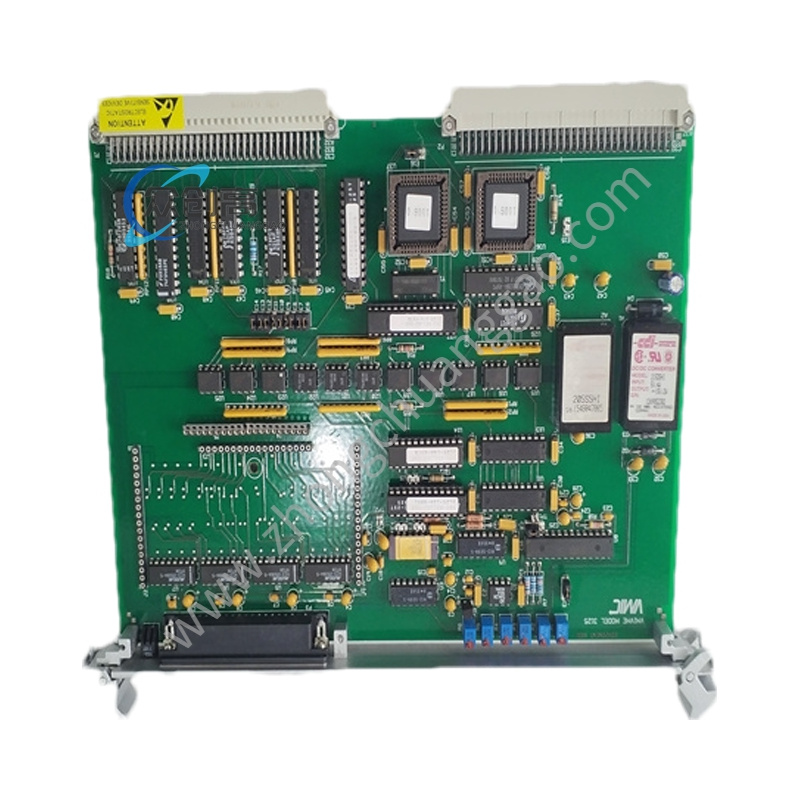Detailed content
Functional Characteristics:
High Precision: The WESDAC D20ME boasts high-precision analog input and output functions, enabling precise signal conversion and processing.
High Reliability: Featuring high-performance circuit design and material selection, this module ensures high reliability and stability, vital for continuous industrial process operation.
Multiple Communication Interfaces: Equipped with multiple communication interfaces, such as Ethernet and serial ports, it facilitates seamless integration and data exchange with other industrial automation devices.
Scalability: Capable of being connected and combined with other devices, the WESDAC D20ME facilitates system integration and expansion.
Security Function: The module monitors signal abnormalities or out-of-range situations and takes appropriate measures to ensure system safety and stability.
Easy to Use and Maintain: Designed for simplicity, the module is easy to install, operate, and maintain, enhancing overall work efficiency.
Real-time Operation: With its high-speed microprocessor and digital signal processing algorithms, the WESDAC D20ME ensures real-time or near-real-time data processing and control.
Multi-channel Support: It supports multiple input and output channels, allowing for the monitoring and control of multiple devices or processes.
Application Scenarios:
The GE WESDAC D20ME is designed for various industrial automation and control system applications, including but not limited to:
Control, Measurement, and Regulation: Within industrial automation systems, it can be used for precise control, measurement, and regulation of various processes and equipment.
Data Acquisition and Processing: The high-precision analog input and output capabilities make it ideal for acquiring and processing data from various sensors and transducers.
System Integration: Its scalability and multiple communication interfaces facilitate seamless integration with other industrial automation devices, such as PLCs, DCS systems, and remote control units.
Real-time Monitoring and Control: The real-time or near-real-time operation capabilities make it suitable for applications requiring instantaneous responses to changes in process variables.

